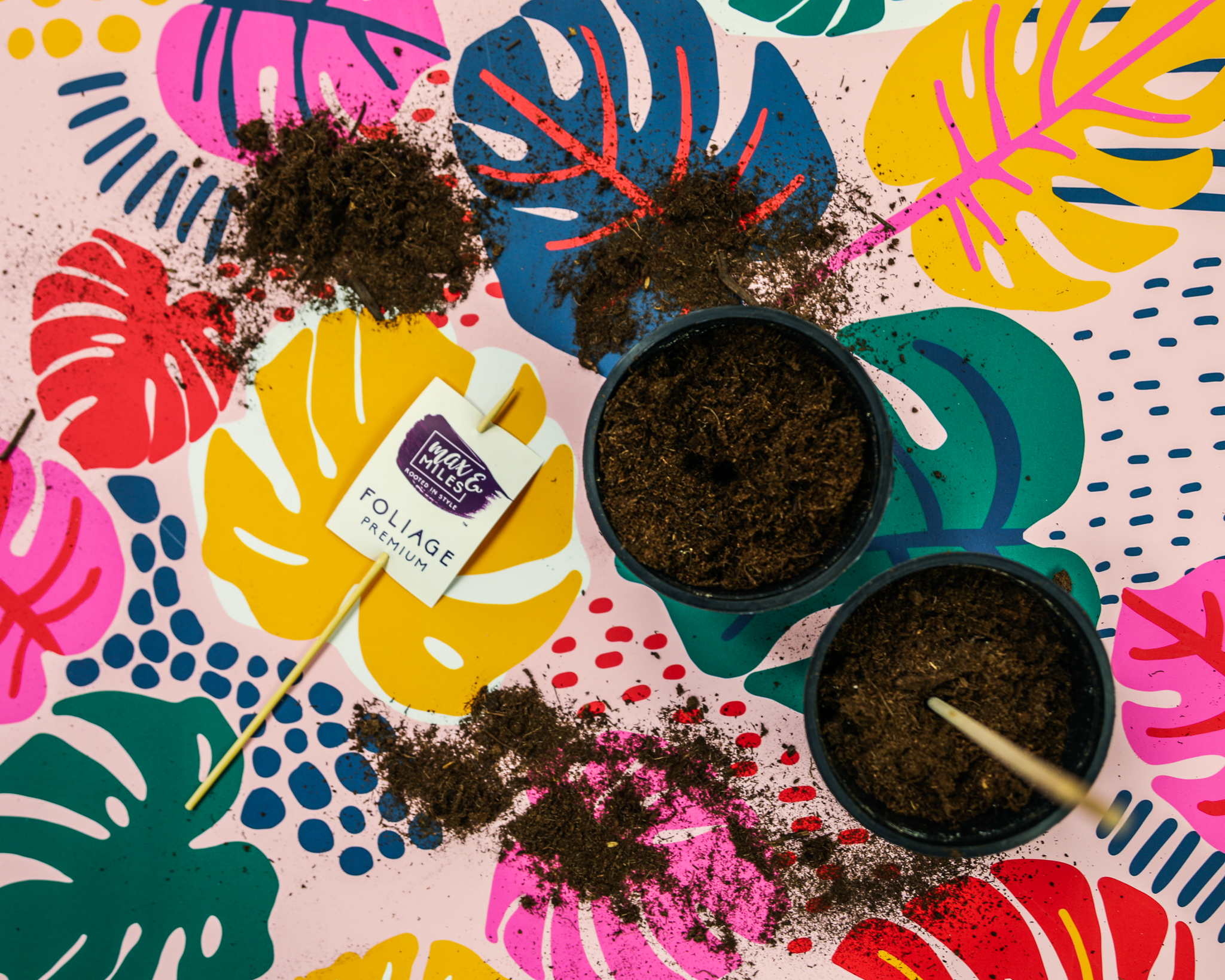Getting to the Root of Aeration
In nature, soil is moved around quite a bit with the help of rain, wind, insects, and other critters. Without the aid of those natural soil disturbers, the soil in our plants’ pots tends to become compacted and hard. For this reason, we recommend adding aeration into your regular plant care routine!
Soil Basics
Most plant lovers know how important clean leaves are in keeping a plant happy and healthy. Through leaves, plants use carbon dioxide to make oxygen during a process called photosynthesis - they “breathe in” carbon dioxide, absorb water from the soil, and take energy from the sun to produce the sugar they need to grow, then “exhale” oxygen as a waste product (thanks, plants!). Surprisingly, leaves are not the only parts of the plants that need access to the air. In another process called root respiration, plants use oxygen that is inside of soil to keep the roots oxygenated and help in nutrient uptake.
Aeration
By poking holes into your plant’s soil, you are aerating it! Aeration is beneficial because it helps your plant’s roots “breathe”. When roots have access to oxygen, they are more efficient at absorbing water and nutrients. This not only benefits your plants, but also makes the best use of fertilizers and other products so you don’t waste your time and money!
After several months in the same pot, soil tends to become compacted and hard. When you water, you may even notice that water will sit on the top of the soil for a while before it drains deeper into the soil. When aerating, you are breaking up hard clumps of soil, allowing for water to flow more easily and evenly through the pot. Aeration prevents overly wet or dry pockets from forming around your plant’s roots, which will reduce the risk of root rot.
How to Aerate
First, you will want to find something thin and long like a chopstick or skewer. It is best to aerate before watering so that soil doesn’t stick to your skewer. When you do water next, you can get an idea of how well your soil is aerated.
Next, get to aerating! Poke several holes around the pot, avoiding the area directly next to the plant where the majority of the roots are. It is likely that you will hit a few roots - that’s ok! If you are meeting too much resistance, you can try a different spot. The goal here is to poke narrow, deep holes into your plant’s soil.
Finally, give your plants a deep watering. This is a chance for you to see if there are any portions of the pot that need further aerating. Is the water draining more quickly? Evenly? Allow for the water to drain out the bottom of your pot. Remember, many plants prefer to be watered deeply like this rather than in small amounts more frequently.
Aerate your soil every few times you water. Aeration is most important in plants that are potted in potting soil, rather than those in loose potting media like orchids or bromeliads. Be sure to monitor your plants in the coming weeks for any issues.
Aerating soil can be pretty satisfying! What is a plant care task that you enjoy the most? Let us know, and check out our Facebook and Instagram pages @maxandmilesplants!








